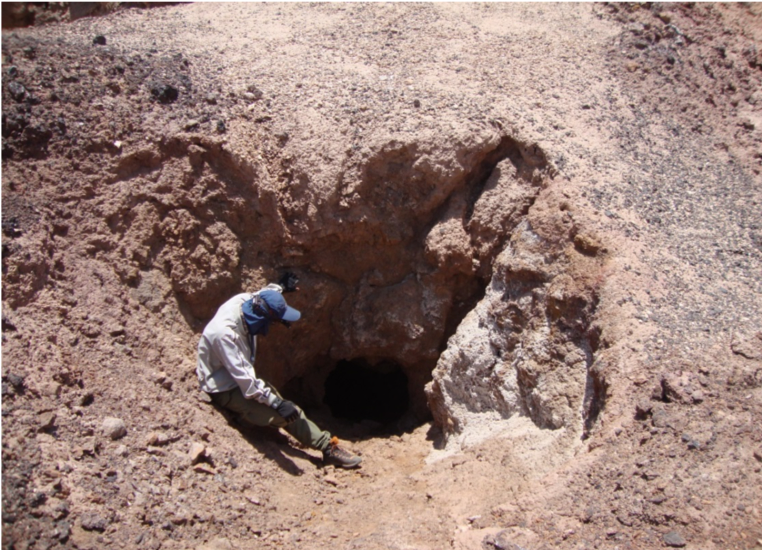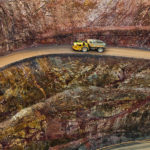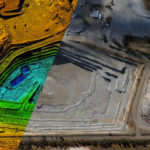Geochemical Studies
The prosperity of mine industry and our standards of mining are directly related to our ability to find, exploit, and manage our metal and mineral resources. Metal and mineral deposits are, in fact, geochemical anomalies and, as such, applied geochemistry plays a critical role throughout the mineral resources value chain, from early stage exploration to mine closure.
Amplifying an orebody’s footprint so it can be detected at depth or traced near the surface involves two distinct processes: (1) primary dispersion, which provides information on alteration and primary element dispersion associated with ore emplacement; (2) secondary dispersion, which provides clues about element migration from alteration and ore zones after emplacement. Overall, the most commonly and successfully applied surface media in exploration surveys are stream sediments, soils, tills, and ferruginous materials from lateritic profiles.
According to scientifically discuss at above, APEX is trying to manage this stage with the following plane:
• Apply handheld XRF to check the evidence in the field
• Design and sampling of drainage studies for heavy minerals and secondary halo
• Design and sampling of soil, rocks, water, or even plants
• Send samples for analysis to accredited internal and foreign laboratories
• Interpret the results of geochemical studies
• determine the percentage of the elements and annoying elements
• Integrating geochemical data geological, and mining data to introduce anomalies zones
• Creating distribution maps with different scales
According to scientifically discuss at above, APEX is trying to manage this stage with the following plane:
• Apply handheld XRF to check the evidence in the field
• Design and sampling of drainage studies for heavy minerals and secondary halo
• Design and sampling of soil, rocks, water, or even plants
• Send samples for analysis to accredited internal and foreign laboratories
• Interpret the results of geochemical studies
• determine the percentage of the elements and annoying elements
• Integrating geochemical data geological, and mining data to introduce anomalies zones
• Creating distribution maps with different scales













